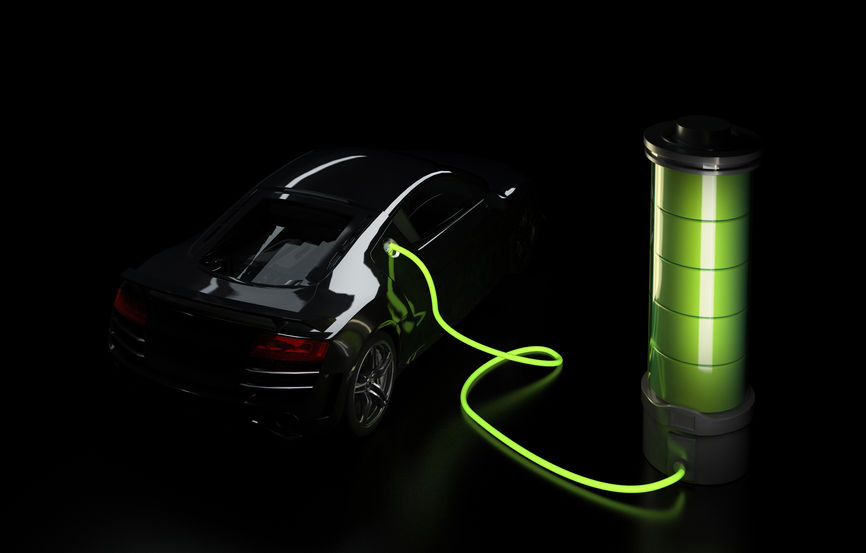What will be the effect of 250 million Battery Electric Vehicles (BEVs) on America’s electric grid in 2050?
What will it cost to allow the electric grid to safely supply 250 million BEVs with the power they need?
And, is it even possible to transition the grid to accomplish this objective?
This article will show it’s nearly impossible for the United States to increase the capacity of its electric grid to accommodate 250 million BEVs.
Each of the following components of the electric grid needs to be examined to determine the cost of providing the power needed by BEVs, and whether it’s even possible to make the changes.
-
Charging stations
-
Distribution and substation transformers
-
New power plants
-
Transmission lines
-
Underground and overhead lines
Charging Stations
Approximately 125,000 gasoline service stations in the United States, each with at least eight fueling pumps, are needed to service 250 million ICE vehicles.
While home charging may reduce the need for this many locations, the time required to charge each BEV is 30 minutes, or six times the amount of time required to fill an ICE vehicle’s gas tank. This increased delay could offset any reduction resulting from home charging.
Tesla has 1,772 supercharging locations, i.e., stations in North America, with around ten charging stalls at each location. On this basis, Tesla has approximately 17,720 charging stalls. Assuming the cost of supplying the power is $100,000 per station, and the cost for each stall is $20,000, Tesla’s current system would have cost around $530 million.
Providing the same number of locations as provided by 125,000 gasoline stations would require the equivalent of 71 Tesla systems at the cost of $37.5 billion.
Distribution and substation transformers
There are two distinct populations of distribution (DT) and substation transformers.
-
First, there are the suburbs and small towns spread across the country, blanketed predominantly by single-family homes, with some apartment buildings and light industry.
-
Next, are the big cities where most people live in apartment buildings and park their cars on the street.
This article will overlook the unique problems of big cities.
Approximately 25 million DTs serve single-family homes in suburban/rural America, and virtually all these DTs will have to be replaced to accommodate the charging of BEVs.
For background, DTs typically serve four homes, so it is the combined load from all four homes that must be carried by the distribution transformer. Therefore, with four homes, eight BEVs will likely need to be recharged, more or less, nightly.
The cost of changing out one 50 KVA distribution transformer, a typical size, and replacing it with a 100 KVA unit is around $20,000. On this basis, the cost of replacing 25 million DTs is over $500 billion.
Related apartment buildings in suburban America use larger DTs, which must also be replaced at an estimated cost of $41 billion.
Substation transformers supply distribution transformers, and as the load on the distribution transformers increases, the load on the substation transformers also increases.
If only 15% of the 55,000 substation transformers become overloaded due to overloaded distribution transformers, the cost could be $9.9 billion to replace the overloaded substation transformers.
Therefore, the cost to replace DTs and substation transformers in the continental United States, not counting DTs in large cities, is approximately $551 billion.
New power plants
The Electrification Futures Study, published by the National Renewable Energy Laboratory (NREL), estimated the amount of new generation capacity needed for all vehicles to be BEVs and for all heating of buildings to be electric.
The portion of the NREL study that comes closest to reflecting the generating capacity required by 250 million BEVs showed that US power usage would increase from 4,127 TWh to 5,800 TWh.
Assuming natural gas combined cycle (NGCC) power plants, rated 800 MW, with a capacity factor of 54.4%, and that cost $1,000 per KW, are built to provide the added capacity, it will require 439 new NGCC power plants costing $351 billion.
Transmission lines
Based on the Midcontinent Independent System Operator’s (MISO’s) transmission line cost estimating brochure, a short, 200-mile 230KV line will likely cost $600 million.
Since NGCC plants can be placed relatively close to where the demand exists, longer lines probably won’t be required.
Assuming that half the new NGCC power plants can be connected to existing transmission lines, the cost of new transmission lines, if the can be built, would be $132 billion.
Underground and overhead lines
There will undoubtedly be failures of these lines, but it’s not possible to estimate the cost of replacing them.
Summary
Upgrading America’s electric grid to accommodate 250 million BEVs will cost over a trillion dollars.
However, will it be possible to upgrade the grid?
Building transmission lines has been, and may continue to be a problem.
Importantly, obtaining the DTs and substation transformers to upgrade the grid may not be possible.
Nearly half of all DTs are imported, as are nearly all substation transformers. As a result, the annual availability of DTs is around one million units. At that rate, it would take twenty-five years to upgrade the grid.
One substation transformers takes over a year to obtain.
Upgrading the electric grid to accommodate 250 million BEVs can’t be done in a year or two and could take decades.
What can we conclude from this additional information when it’s considered with the earlier reports on material availability?
Given that there are not enough materials to build all the BEVs, that importing the materials places the United States at a strategic disadvantage, that the cost of upgrading the grid is prohibitive, and that the upgrade could take decades, it’s fair to conclude, that banning the sale of ICE vehicles should be stopped.
Americans should be free to buy the type of car they prefer.
